Self-Replicating Machines
Will Stevens
Introduction 1 of 5
Self-Replicating Machines
A self-replicating machine (SRM) is a machine that can make a copy of itself. Imagine a room full of electronic and mechanical components scattered randomly about the floor. Can a robot be built that will move around the room, pick up and identify the components, and then use them to build an identical copy of itself? How much more difficult does the problem become if instead of ready-made component parts the room contains raw materials (silicon, aluminium and plastic for example) that the robot must use to fabricate components?
A living cell is an example of a self-replicating machine. A cell's environment contains chemical elements and compounds that the cell uses to make its own machinery, and ultimately to make a copy of itself. How does a cell accomplish this? Below is a simplified diagram of the process:
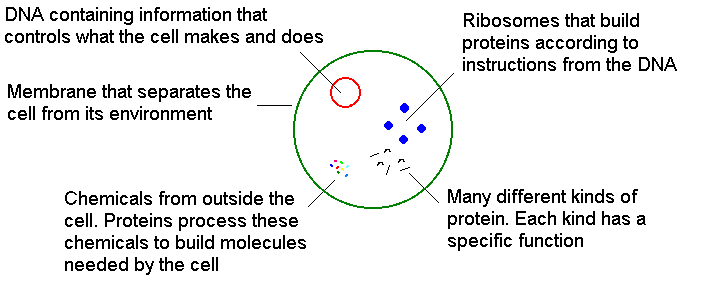
The main parts of a simple cell
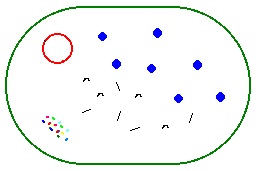
The cell extends its membrane and makes more ribosomes, proteins and other machinery
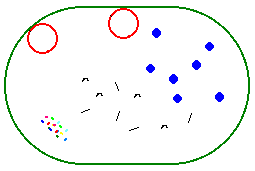
The cell's machinery duplicates the DNA
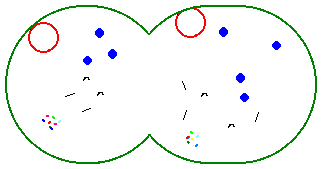
The cell membrane pinches inwards with a copy of the cell's DNA on each side of the divide
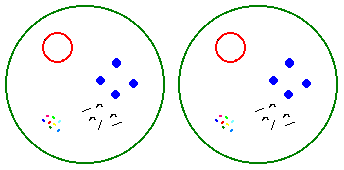
The cell divides in two